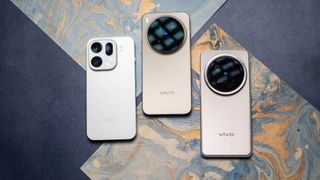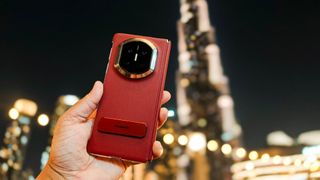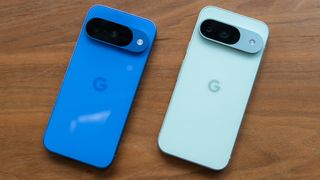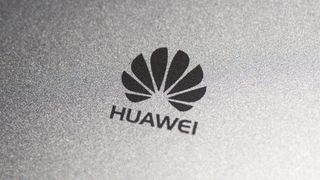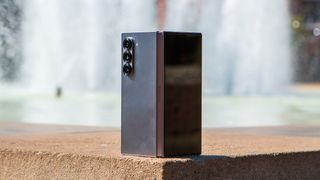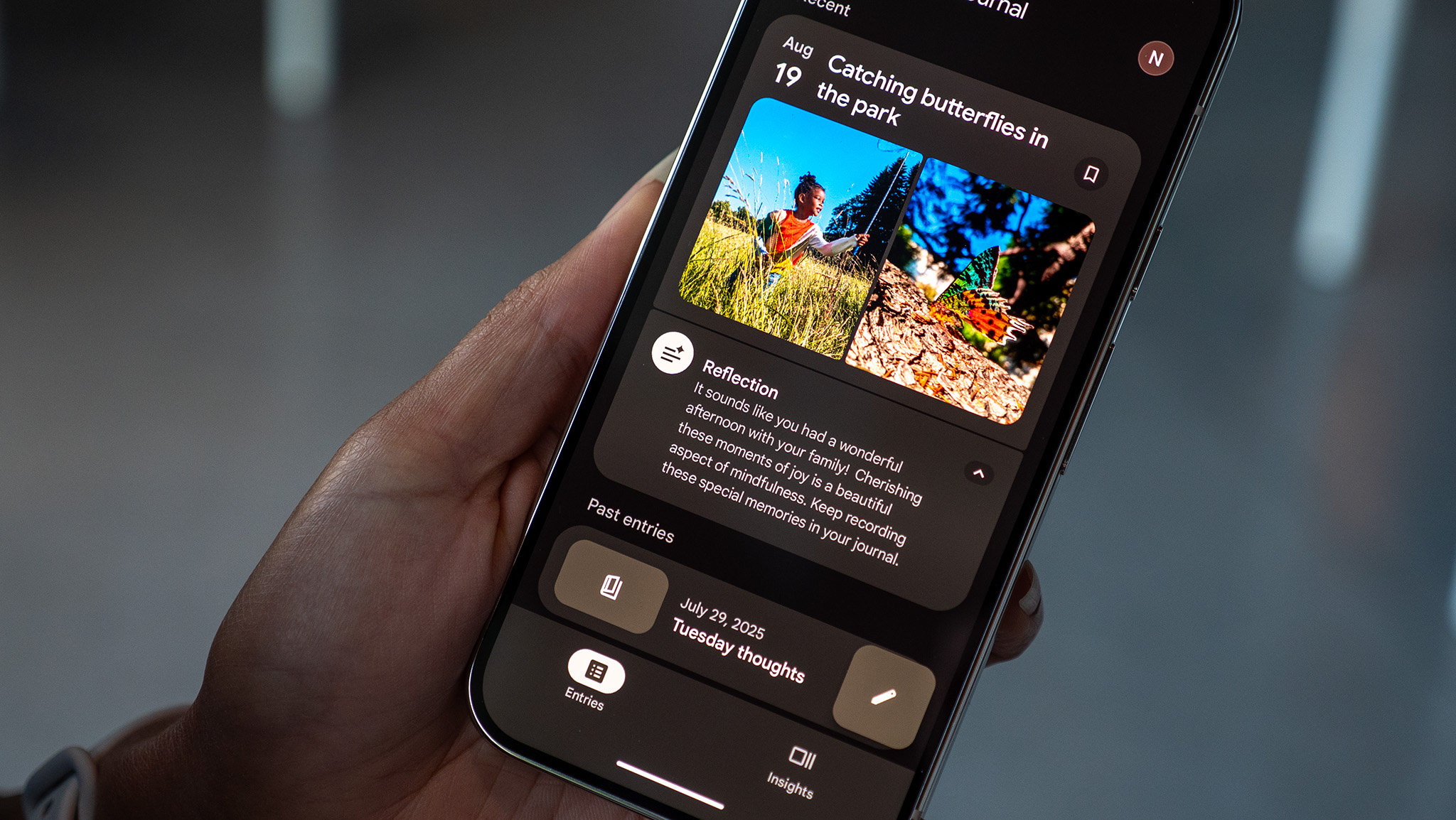Huawei
Latest about Huawei
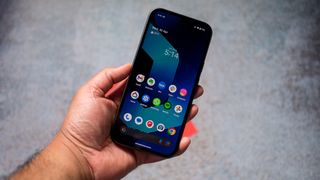
The best phones to travel with
By AC Staff published
Phone on hand Android Central wants to ensure you're traveling with the right tech on hand. Let's help you!
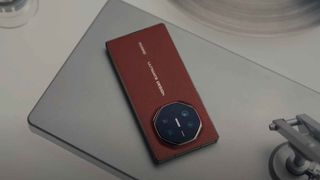
Huawei's alleged Mate XT sequel might have some spicy upgrades up its sleeve
By Nickolas Diaz published
Coming Back Huawei was rumored to have a Mate XT sequel in the works with a few upgrades.

Jackie Chan was spotted using a foldable on TikTok, and we've got our top suspects
By Nandika Ravi published
What could it be? Jackie Chan shows off his pandas on a foldable, and we got to digging to find out if his phone has physical strength, agility, and ability to match his Kung Fu.
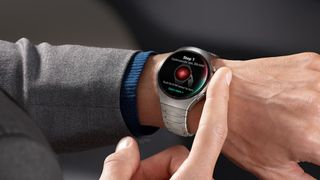
New Huawei Watch 5 looks great but it might be out of your reach
By Vishnu Sarangapurkar published
Huawei Wearables Huawei has announced a bunch of products under its “Fashion Next” theme, which include two smartwatches, two fitness trackers, a pair of earbuds and a tablet.
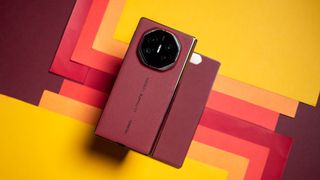
Huawei Mate XT camera review: Putting all other foldables to shame
By Harish Jonnalagadda published
The best Huawei's Mate XT deservedly gets a lot of praise for the unique tri-folding design, but its cameras are easily the best of any foldable I used.

Huawei's new flip phone blurs the line between foldables
By Nickolas Diaz published
Why not both? Huawei launched its new foldable, which teeters on the edge of two standard designs.
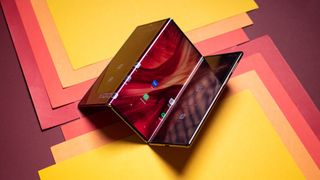
Huawei's tri-fold Mate XT is the most exciting phone I've used in a long time
By Harish Jonnalagadda published
Leveling up Huawei's Mate XT is clearly the next evolution of the foldable design, and the unique device is the most exciting — and costliest — you can get today.

Huawei might've teased an overseas Mate XT tri-fold launch for February
By Nickolas Diaz published
Is it true? Huawei may have teased a tri-fold launch for the overseas market.
Get the latest news from Android Central, your trusted companion in the world of Android
